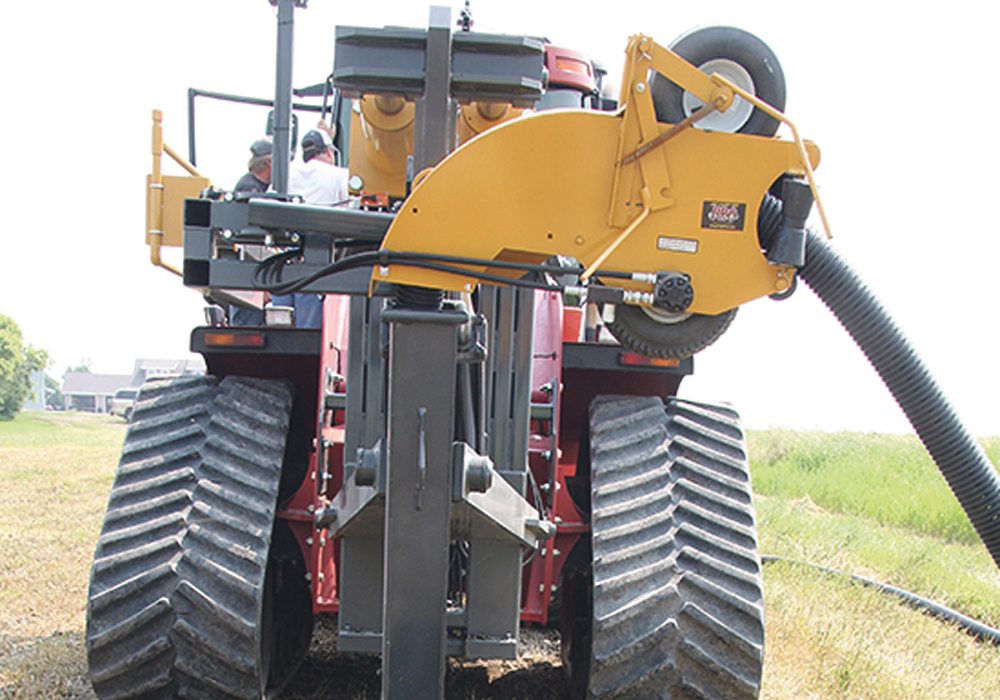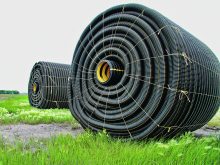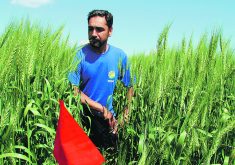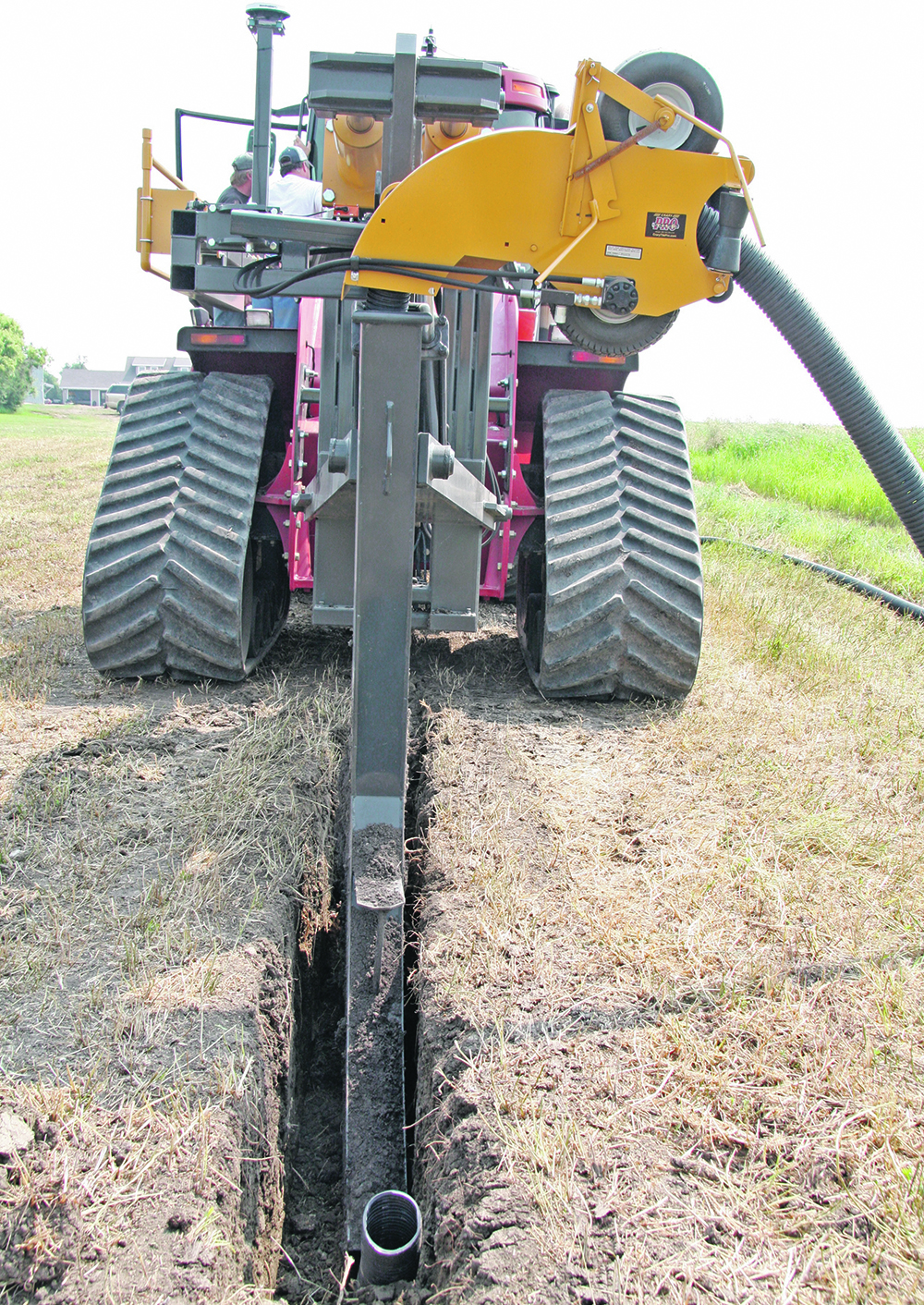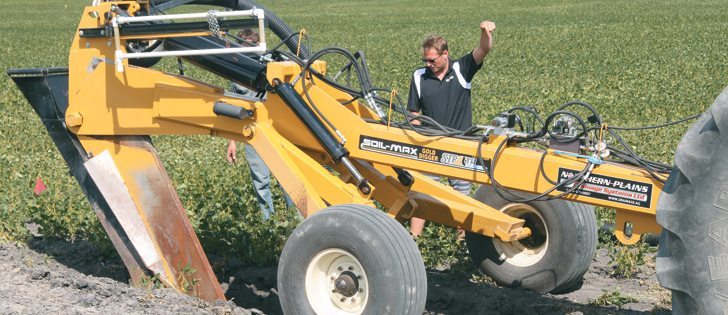BRANDON — Is it worth spending $1,000 per acre on tile drainage to get a $40 boost in crop production?
If not, is it worth spending that amount to double net profitability?
In fact, those are both the same question and should have the same answer, according to Brandon-area farmer Aaron Hargreaves.
If tile drainage can boost crop production by 10 percent, that could offer that crucial margin that floats on top of all the production costs that suck away most of the earnings.
“How else can you double your net profit on the farm?” said Hargreaves, who described his experiences to farmers at Manitoba Ag Days, held Jan. 16-18 in Brandon.
Read Also

Farming Smarter receives financial boost from Alberta government for potato research
Farming Smarter near Lethbridge got a boost to its research equipment, thanks to the Alberta government’s increase in funding for research associations.
“You can buy more land (but it’s) $4,000 an acre.”
Hargreaves’ profitability example is based on a 40-bushel per acre crop raised to 44 bu. because of tile drainage. Instead of earning $40 per acre, the drained acre produces $80.
Hargreaves noted that some studies have suggested production can be boosted by up to 25 percent.
On his own farm, which began incorporating tile drainage in 2011, the results have been dramatic, he said. His farm was often hit with saturation and salinity was a growing problem. A high water table from wet years was creating salinity, hurting plant growth, and making the land hard to run machinery on.
Once tile was installed, the water table began dropping and salinity began to recede. Now some formerly saline patches are as good as any other part of the farm, so that land has gone from zero production to average production.
“That’s a real gain,” he said.
When the Hargreaves decided to try tile drainage, they had no neighbours to rely on for advice. It was just not something done locally. However, farmers in the United States and research from North Dakota helped provide the practical and theoretical advice they needed to get going, so they bought some equipment.
“When we bought our tile plow, we’d never even seen one before,” said Hargreaves.
They learned a lot of lessons along the way, none of which made them regret going into tile.
The biggest challenge in fighting salinity that Hargreaves sees is being able to install tile deep enough and have an outlet deep enough that it will reduce the water table below where it can hurt a crop.
“The tile has to be a minimum three feet deep to solve the salinity issue. Anything shallower than that and it will not,” said Hargreaves.
If the tile runs that deep, the outlet at the edge of the field also has to be that deep, and for some fields that is difficult to find.
But it’s definitely a concept he thinks any farmer fighting chronic wetness or salinity problems should consider.
“The salinity is essentially gone,” said Hargreaves about the results after just a few years.




